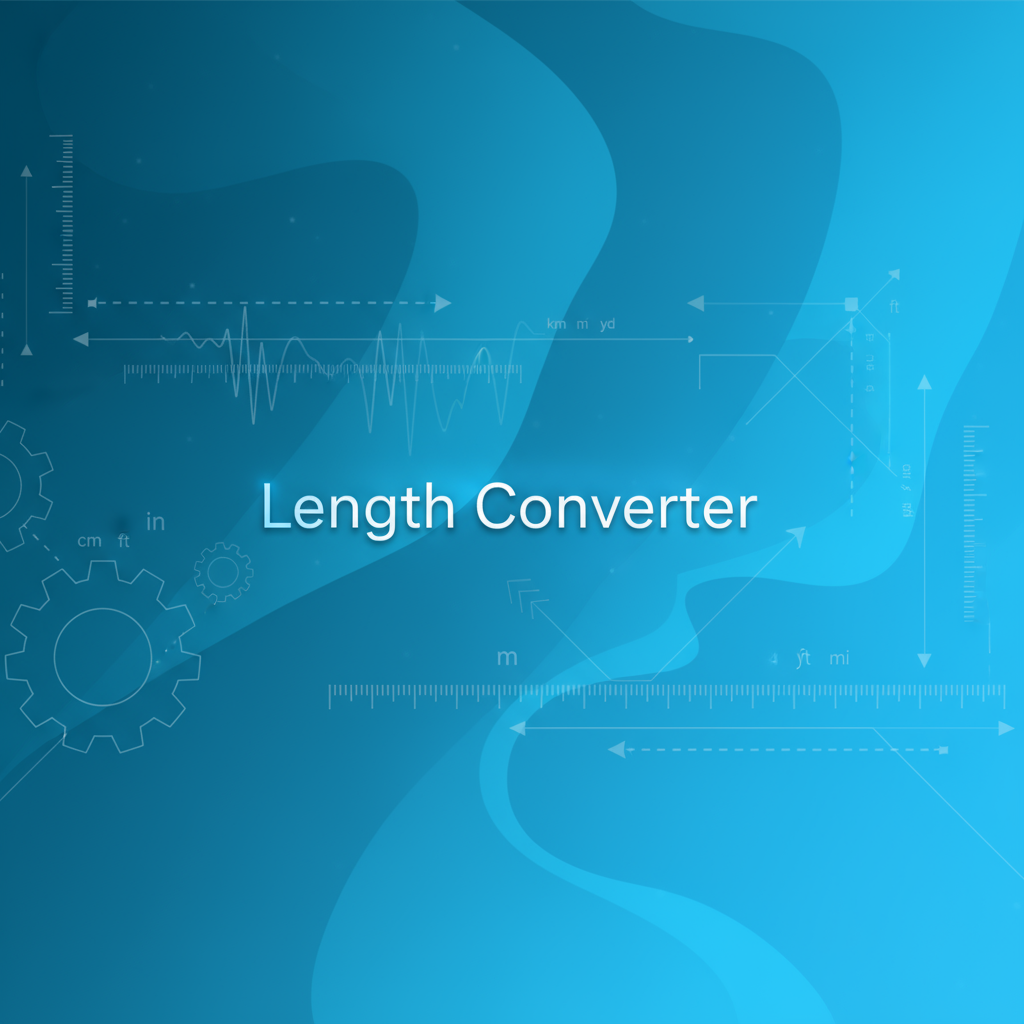
Digital Image Resolution Converter
Digital Image Resolution Converter Conversion Chart
| From | To | Formula (for 1 unit) | Result |
|---|
Quick Conversion Links
About This Tool
This Digital Image Resolution Converter is a tool for graphic designers, printers, and photographers. It converts units of image resolution, which describes the level of detail an image holds. The base unit is dots per meter.
Resolution quantifies how many individual dots or pixels fit into a given length. Higher resolution means more detail and a sharper image. This is critical for ensuring that digital images look crisp when printed and for specifying the quality of digital displays and scanners.
Tips & Features
- DPI vs. PPI: Dots Per Inch (DPI) technically refers to the density of ink dots a physical printer can produce. Pixels Per Inch (PPI) refers to the density of pixels on a digital display. In many contexts, the terms are used interchangeably, but the distinction is important for professional printing. This tool treats them as equivalent units of spatial density.
- Screen vs. Print: Web and screen images are typically designed at a lower resolution (e.g., 72 or 96 PPI), as this is sufficient for viewing on monitors. Print images require a much higher resolution (e.g., 300 DPI) to avoid appearing blurry or pixelated on paper.
- The Base Unit: While DPI and PPI are the most common units, converting to a metric standard like dots/meter or dots/mm allows for universal comparison.
Expand your expertise
Recommended deep dives and guides matched to Digital Image Resolution Converter.